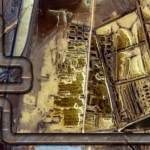The Origins of the Baigong Pipes
The story of the Baigong pipes begins in Qinghai Province, one of the most remote and windswept corners of northwestern China. Rising above the plateau stands Mount Baigong, a pyramid-shaped mountain that dominates the horizon near the small city of Delingha.
In 1998, explorers and scientists stumbled upon a set of unusual formations inside three caves at the base of the mountain. The largest cave, with a height of six meters, contained pipe-like structures protruding from the rock walls. Two smaller caves collapsed over time, sealing their contents within.
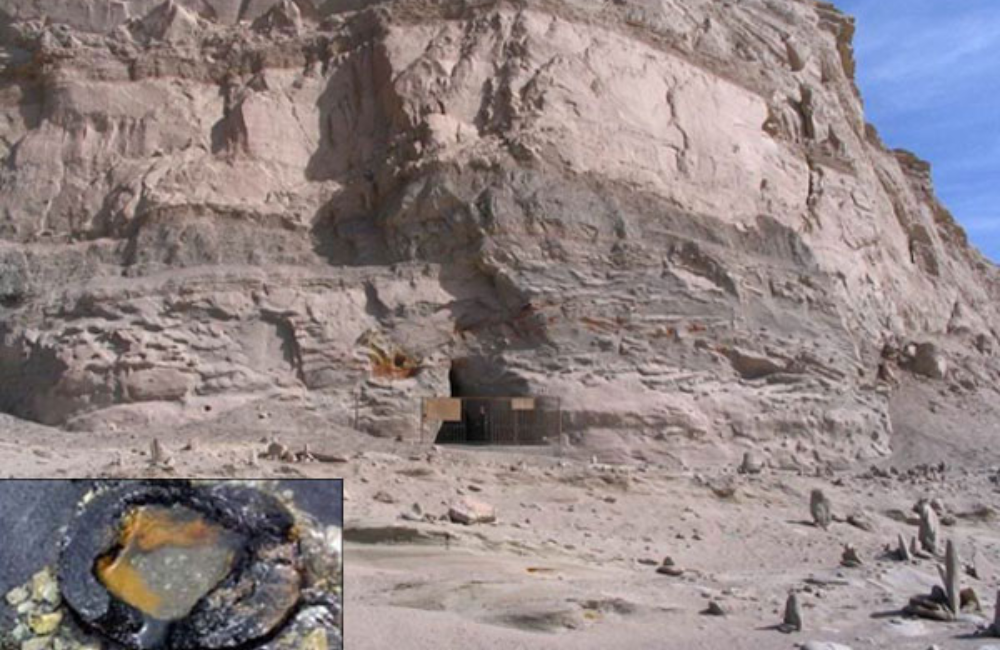
Soon after, state-run media outlets like Xinhua News Agency and the People’s Daily reported the discovery, drawing international attention. Local officials described the pipes as mysterious iron cylinders, some as wide as 40 centimeters in diameter, others as thin as drinking straws. They seemed to lead directly toward Tuosu Lake, a saltwater body lying just 80 meters from the cave mouth. Scattered along the shoreline were rusted fragments and stones shaped like broken pillars.
The early reports asked a striking question: if these pipes were indeed man-made, who could have constructed them in such an unforgiving environment, thousands of years before recorded Chinese civilization? Some stories even claimed the pipes were 150,000 years old, predating modern humans in the region. What began as a geological oddity quickly evolved into one of the most intriguing archaeological puzzles of the 21st century—a blend of science, speculation, and enduring myth.
What the Pipes Look Like
Stepping into the Baigong caves is like walking into the set of a forgotten science fiction film. Inside the largest cave, visitors can see two massive cylindrical structures embedded into the rock. One of these pipes measures roughly 40 centimeters in diameter, large enough to fit an arm through, while others are much smaller, some no thicker than a toothpick. They run vertically through the cave walls, piercing the mountain itself, as if designed to channel something unseen.
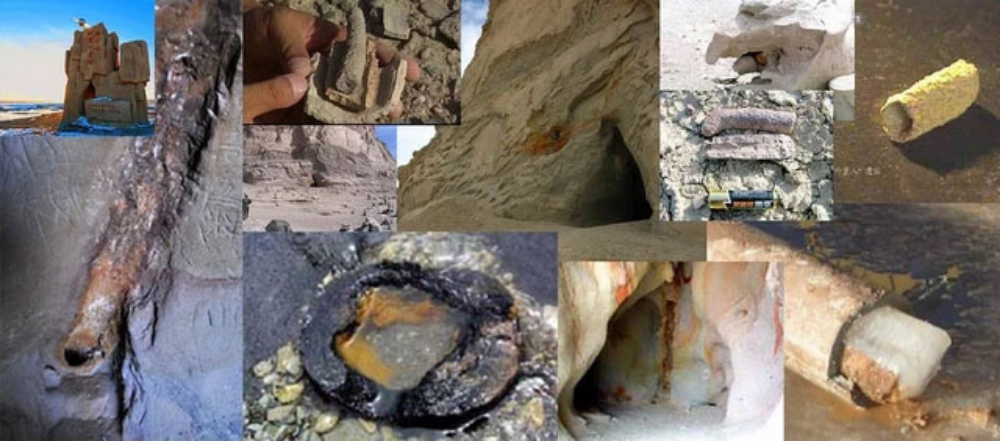
From the cave mouth, a short walk leads to Tuosu Lake. Here, dozens of pipe-like formations emerge from the sandy shoreline, some extending above the surface, others buried deep beneath. Geologists have recorded fragments lying 50 to 60 meters from the waterline, suggesting a network that once connected mountain to lake. Locals point to their symmetry and uniform width as evidence of deliberate construction rather than natural coincidence.
Adding to the puzzle, the surrounding landscape is dotted with strangely shaped stones and iron-rich debris. Some locals believe the entire site resembles a ruined “launch tower,” with Mount Baigong serving as a pyramid-like base. To them, these are not random geological accidents but relics of a purpose-built facility.
Even skeptics admit the scene is striking: a desolate plateau, a pyramid-shaped peak, and mysterious pipes leading into a saltwater lake. For many, the physical appearance alone blurs the line between geology and engineering. Whether natural or artificial, the Baigong pipes possess an undeniable aura that continues to fuel curiosity and speculation around the world.
Scientific Examinations of the Pipes
After the initial excitement, Chinese scientists conducted formal studies to uncover the pipes’ true nature. At a local smeltery, samples were analyzed and found to consist mainly of 30% ferric oxide (iron oxide), with significant amounts of silicon dioxide and calcium oxide. Curiously, about 8% of the composition could not be identified, leading to speculation that the pipes contained some unknown material.
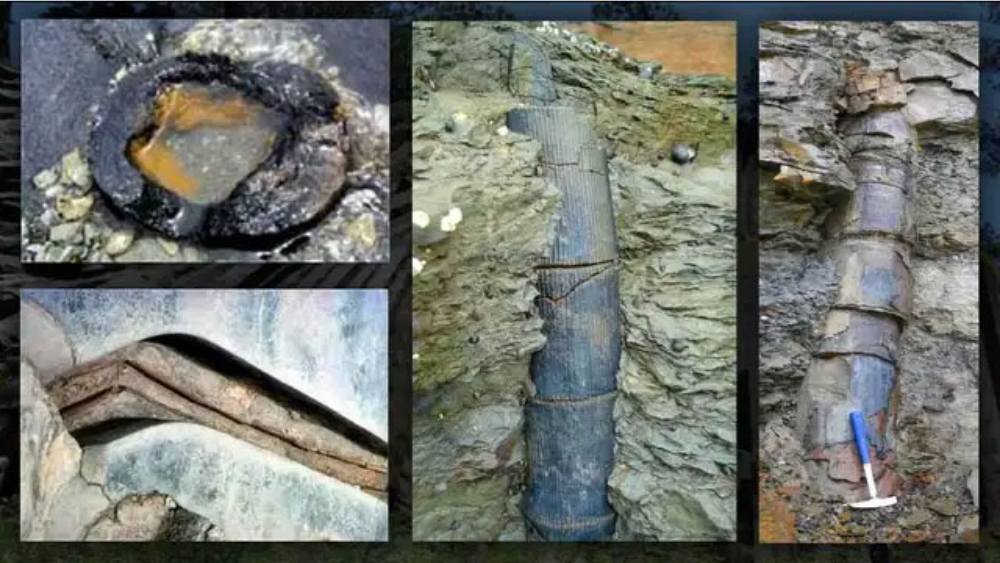
In 2002, the Beijing Institute of Geology performed thermoluminescence dating, a technique that measures when crystalline minerals were last heated. The results suggested the surrounding rock had last been exposed to high temperatures approximately 150,000 years ago. Media outlets quickly linked this figure to the pipes themselves, giving rise to the sensational claim that they were 150,000 years old.
Other tests revealed the presence of organic matter within some pipe samples, including structures resembling tree rings. By 2003, a report in Xinmin Weekly concluded that many of the pipes were likely fossilized roots, their organic material replaced by iron and other minerals over millennia.
In 2007, the People’s Daily added a chilling detail: some pipes appeared to be highly radioactive. This finding, though never fully confirmed, lent the mystery an even darker edge. Were these simply geological formations saturated with naturally radioactive minerals, or evidence of something more sinister? Despite decades of testing, the Baigong pipes still yield more questions than answers, balancing between scientific explanation and unexplained enigma.
Geological Explanations
Geologists argue that the Baigong pipes are not artificial at all but the result of natural processes over hundreds of thousands of years. The leading theory is that they are fossilized tree roots. In certain chemical conditions, groundwater rich in iron and minerals can infiltrate soil where roots once grew. Over time, the organic material decays and is replaced by minerals, leaving behind hollow tubes of iron oxide that resemble pipes.
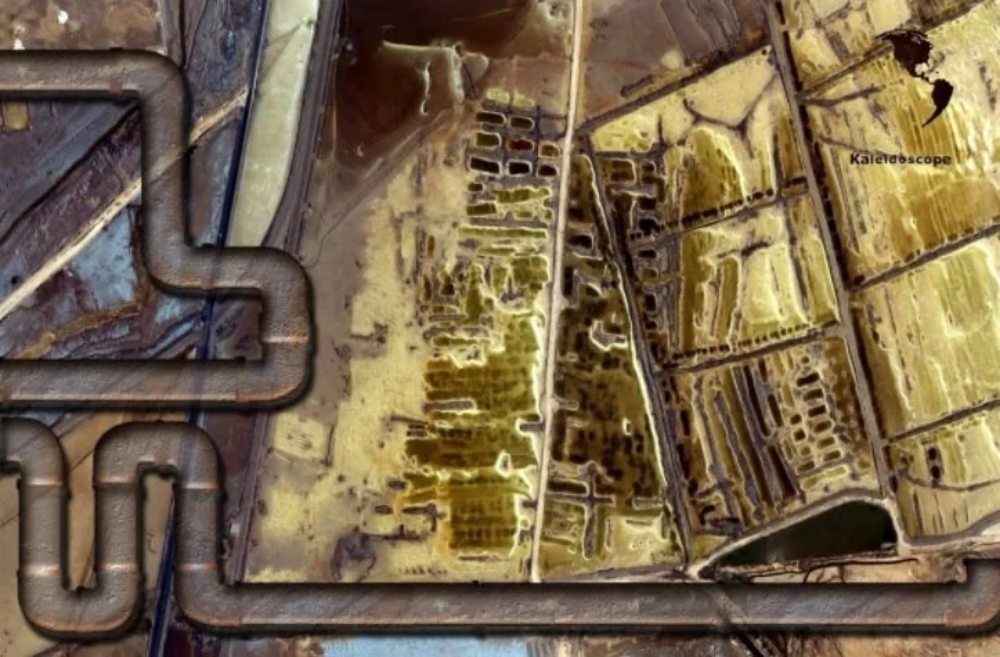
This process, called diagenesis, has been observed in other parts of the world. For example, fossilized roots from the Joggins Formation in Nova Scotia and formations in Louisiana show strikingly similar structures. To scientists, the resemblance between these known natural formations and the Baigong pipes is too close to ignore.
The presence of organic matter and tree-ring patterns within some pipes supports this theory. The pipes’ chemical composition also aligns with long-term interaction between iron-rich sediments and sandstone. Even the 8% unidentified material might simply be poorly cataloged trace minerals, not evidence of alien alloys.
Still, not every detail fits neatly into the geological explanation. The pipes’ uniform diameters, their direct connection to Tuosu Lake, and reports of radioactivity remain difficult to reconcile. Yet most geologists caution against invoking lost civilizations or extraterrestrials when natural processes can account for much of what we see. For them, the Baigong pipes are not relics of ancient technology but examples of nature’s ability to create forms that mimic human engineering.
Alternative Theories and Popular Speculation
While scientists lean toward geological explanations, alternative theories keep the Baigong mystery alive. Some writers argue the pipes are remnants of a prehistoric advanced civilization, one capable of metallurgy long before humans are believed to have developed such skills. If true, this would rewrite the timeline of human history, extending technological sophistication back over 100,000 years.
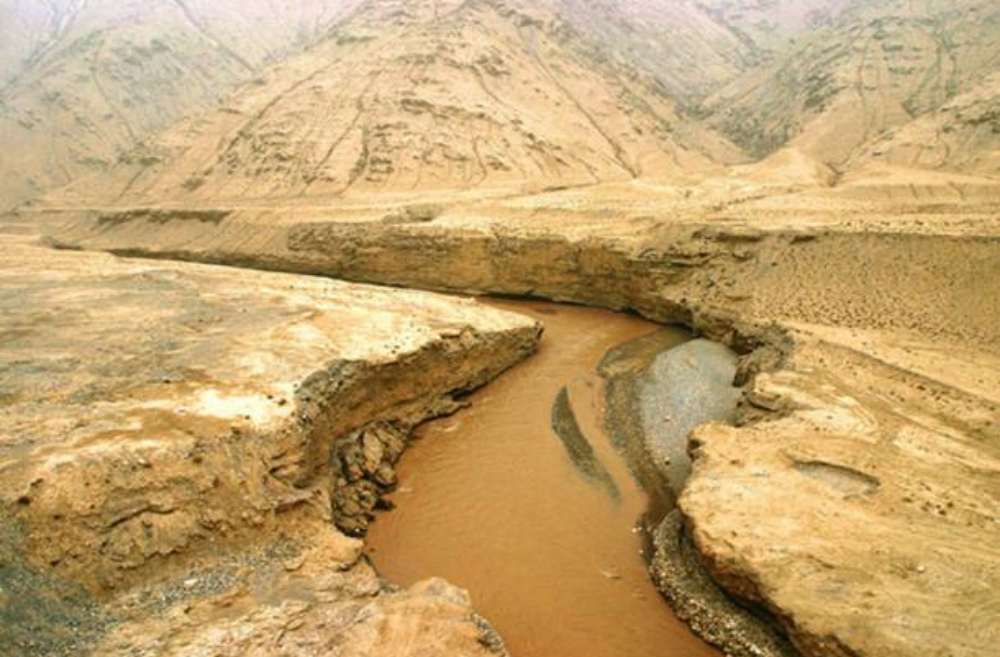
Others take the speculation further, suggesting the pipes are evidence of alien technology. The pyramid-shaped mountain, the cave entrances shaped like triangles, and the apparent “network” of pipes leading to a saltwater lake have all been described as parts of a launch facility or industrial complex. Locals even call the site a “launch tower,” reinforcing this imagery.
The question of the lake itself adds intrigue. Why would pipes connect to a saltwater lake when a nearby freshwater lake exists? Some theorists propose the pipes were used for electrolysis, splitting saltwater into hydrogen and oxygen for fuel. Such an explanation, while speculative, appeals to those convinced the site once served a technological function far beyond primitive society.
Even within Chinese academia, some scholars once cautiously entertained these ideas. In 2002, Yang Ji of the Chinese Academy of Social Sciences commented that while the alien theory was “understandable,” scientific evidence would be required to prove it. The combination of geological oddity, ambiguous science, and imaginative speculation has cemented the Baigong pipes as one of the world’s most enduring archaeological enigmas.
Cultural and Media Influence
The mystery of the Baigong pipes owes much of its fame to media coverage. In 2002, Xinhua News published dramatic reports describing the pipes as possibly out-of-place artifacts. International outlets quickly picked up the story, portraying Mount Baigong as China’s version of Roswell. Tabloids emphasized the pyramid shape of the mountain and the alleged 150,000-year dating, turning a remote geological curiosity into a global sensation.
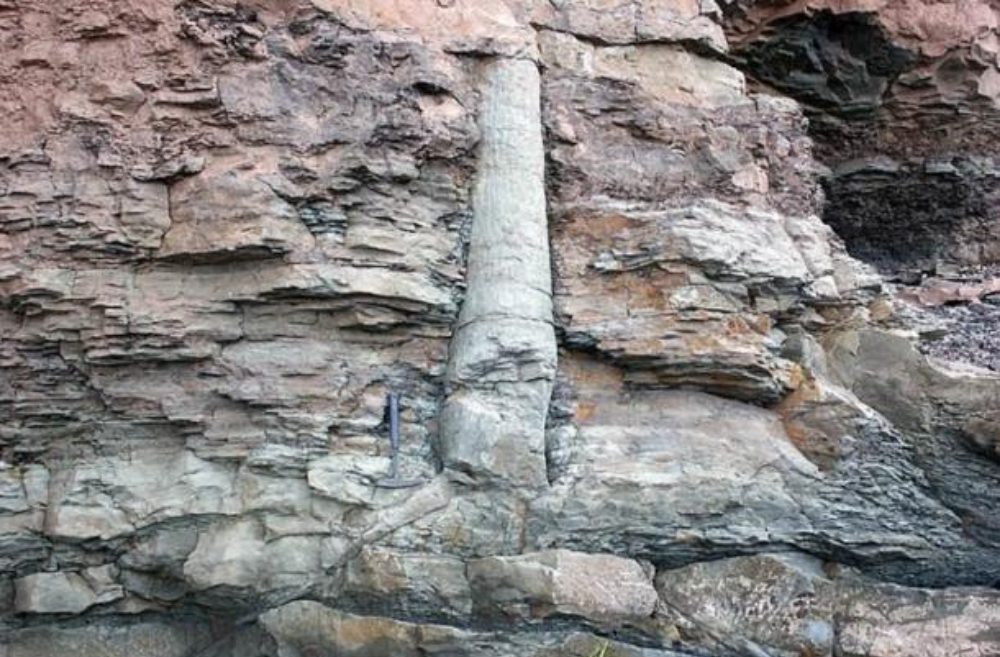
Publications like Xinmin Weekly and People’s Daily continued to report on new findings, from the discovery of organic material to claims of radiation. Meanwhile, international platforms such as Ancient Origins and Skeptoid fueled the debate with contrasting views—some amplifying the alien theory, others debunking it.
For the city of Delingha, the pipes became a cultural treasure. Local authorities erected road signs pointing to the “ET relic site” and promoted tours of the mountain and lake. What was once a barren plateau transformed into a modest tourist attraction, attracting both curious locals and adventurous foreigners.
In popular imagination, the Baigong pipes now stand alongside other “mysteries of the ancient world” like the pyramids of Egypt or the Nazca Lines. Their story demonstrates how scientific anomalies can capture the public’s imagination, amplified by media narratives that blend fact, speculation, and legend. Whether viewed as a geological marvel or proof of lost civilizations, the pipes have become a cultural phenomenon, shaping both tourism and modern myth-making in western China.
Present Understanding and Ongoing Debate
Today, the Baigong pipes are largely regarded by the scientific community as a natural geological formation—fossilized roots transformed into iron-rich tubes over millennia. The presence of organic matter and tree-ring structures strongly supports this conclusion. Yet despite this explanation, the pipes remain a subject of fascination and controversy.
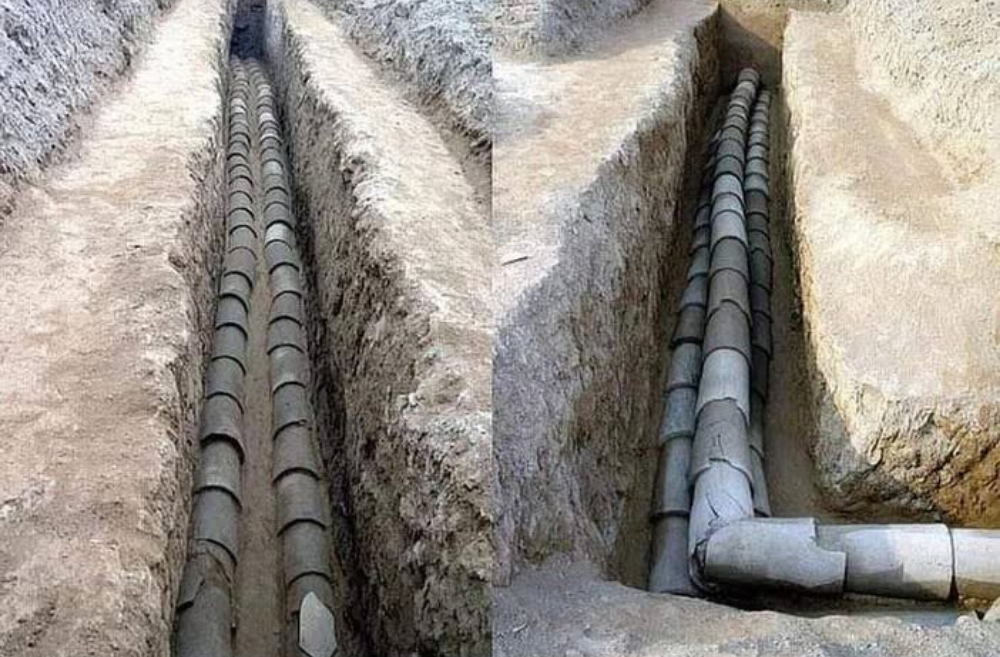
The persistence of the mystery lies partly in the details that science has not fully resolved: the reported 8% unidentified composition, the radioactivity claim, and the striking pyramid-like shape of Mount Baigong itself. These anomalies continue to invite speculation, ensuring the story is never fully closed.
For many, the Baigong pipes illustrate the tension between science and imagination. On one side are geologists presenting natural processes as the answer. On the other are enthusiasts who see in the pipes a doorway to forgotten civilizations or extraterrestrial visitors. The debate reflects a deeper human desire: to connect our present to mysteries of the past and to wonder whether history is far older and stranger than we think.
Ultimately, the Baigong pipes serve as a reminder that not all mysteries demand supernatural explanations. Sometimes, the marvel lies in the Earth’s own creativity, crafting structures that echo our inventions long before humans ever walked the land. Yet the aura of the unknown endures—making the Baigong pipes not just a geological oddity, but a living legend of mystery, science, and imagination.




